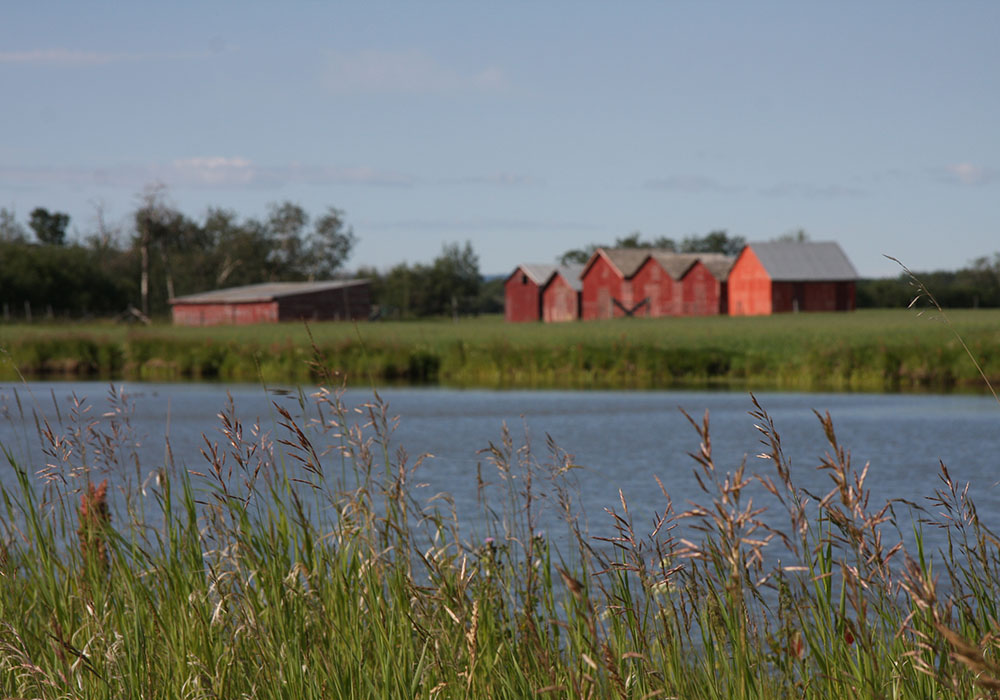Damage to trees caused by deer rubbing or marking frequently occurs in shelter belts but is less likely near housing where human activity is more frequent.
Male deer perform this ritual in the fall for various reasons. They rub to leave scents from their forehead scent glands to attract mates and strengthen neck muscles for upcoming battles during the rut.
They rub high on the trunks to impress rival males with their height and prowess and to remove the shedding velvet from antlers that have stopped growing.
Read Also

Know what costs are involved in keeping crops in the bin
When you’re looking at full bins and rising calf prices, the human reflex is to hold on and hope for more. That’s not a plan. It’s a bet. Storage has a price tag.
The deer generally rub on mature trees although they prefer young pliable ones for the removal of velvet. If a deer damages a young sapling, the tree will likely be damaged beyond repair.
Protecting trees from deer damage is costly and time consuming.
Tall fencing is probably the most effective deterrent but it may not be practical for long rows of shelter belt trees.
Caging individual trees with wire attached to sturdy posts might not be possible in shelter belts but is an option for ornamentals and specimen trees in landscaped areas.
There are odour repellents that deter deer. Products made from predator urine are effective, but expensive, and must be reapplied after rain.
Scattering products with smells that deer do not like throughout the shelter belt, such as human hair or perfumed soap, will provide limited results.
Contact repellents, often made from blood meal, could be applied and are more persistent than the odour repellents.
These products are designed to deter deer from eating plants so may not prevent rubbing. Deer are adaptable creatures and soon become accustomed to deterrents and devices employed to repel them.
Electronic devices require a power source, but solar powered devices are possible.
Some devices emit an ultrasonic noise that deer dislike. Others are attached to a motion detector to turn on a noisy device such as a radio or to activate a noisy water sprinkler, but a water source would be required.
The tree will die if the damage has girded the tree or if the wound is deep and wide and exposes a lot of the internal trunk tissue.
To treat non-fatal wounds, it is best to clean the wound with a sharp knife, removing only the damaged tissue and shredded bark. Do not apply a dressing but allow the wounds to heal naturally.














